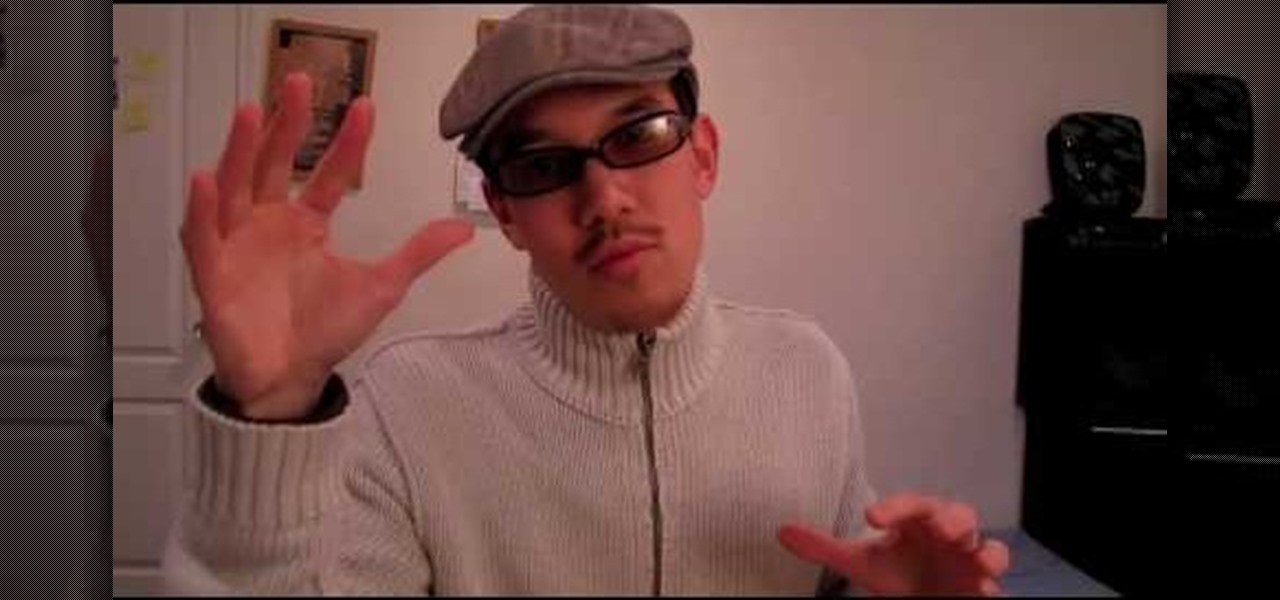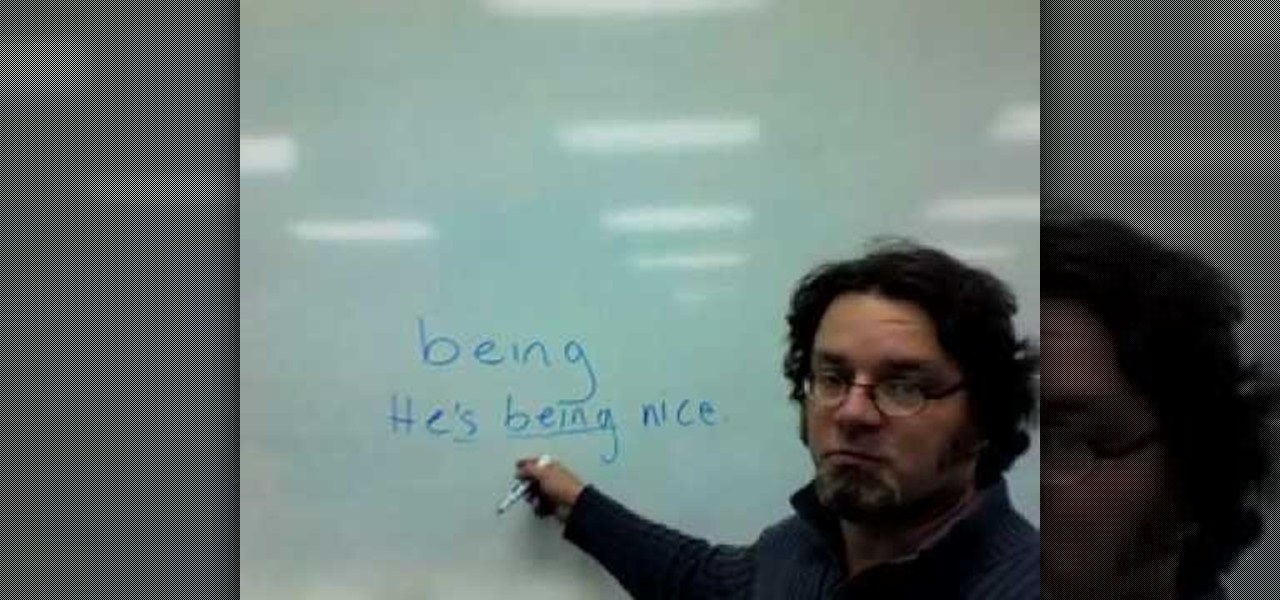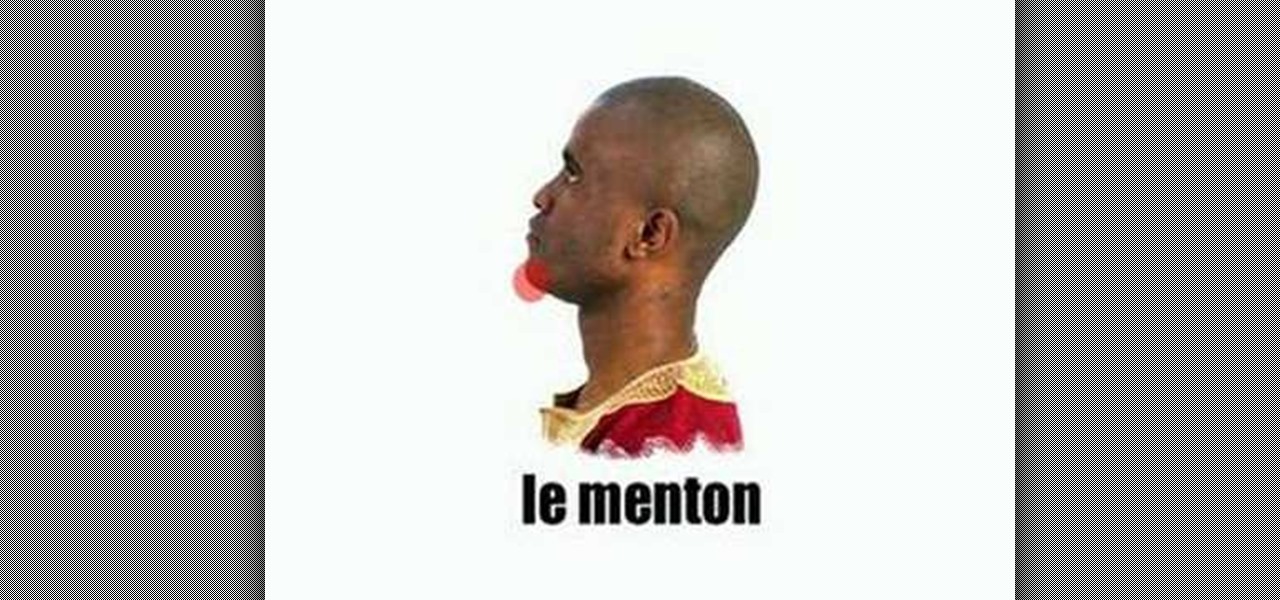Hot Language Posts

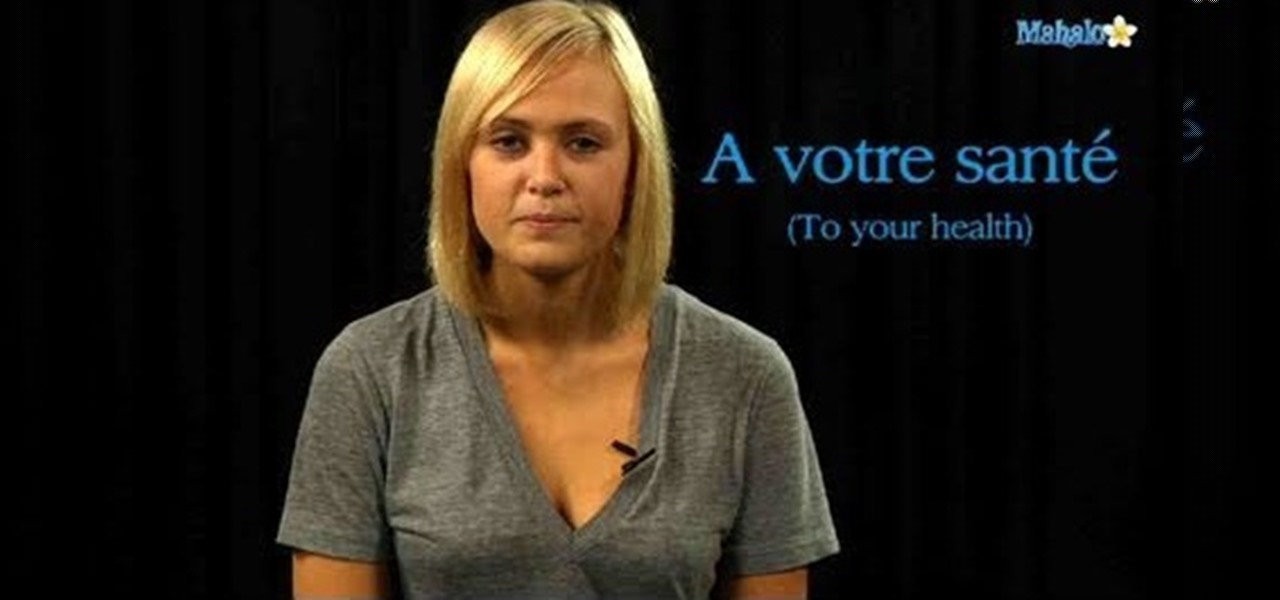
How To: Toast and say "to your health" in French
It's hard enough to get through the holidays without strangling your relatives. It's even harder when you and your family don't speak the same language. Get through at least the beginning of your Thanksgiving dinner by checking out this video.

How To: Say "yes, no, maybe, & no, thank you" in Vietnamese
In this tutorial, we learn how to say "yes, no, maybe, & no, thank you" in Vietnamese. To say "yes", you will say "D_" in Vietnamese, this sounds like "yah". To say "no", you will say "Kh™ng". To say "maybe" you will say "C— Th_", which sounds like "caw tay". Last, to say "no thank you", you will say "D_ Kh™ng, C‡m _n". It's important that you listen to the audio in the video so you can get a good idea of exactly how to say each of the words. Break it down and practice a lot to be able to say...
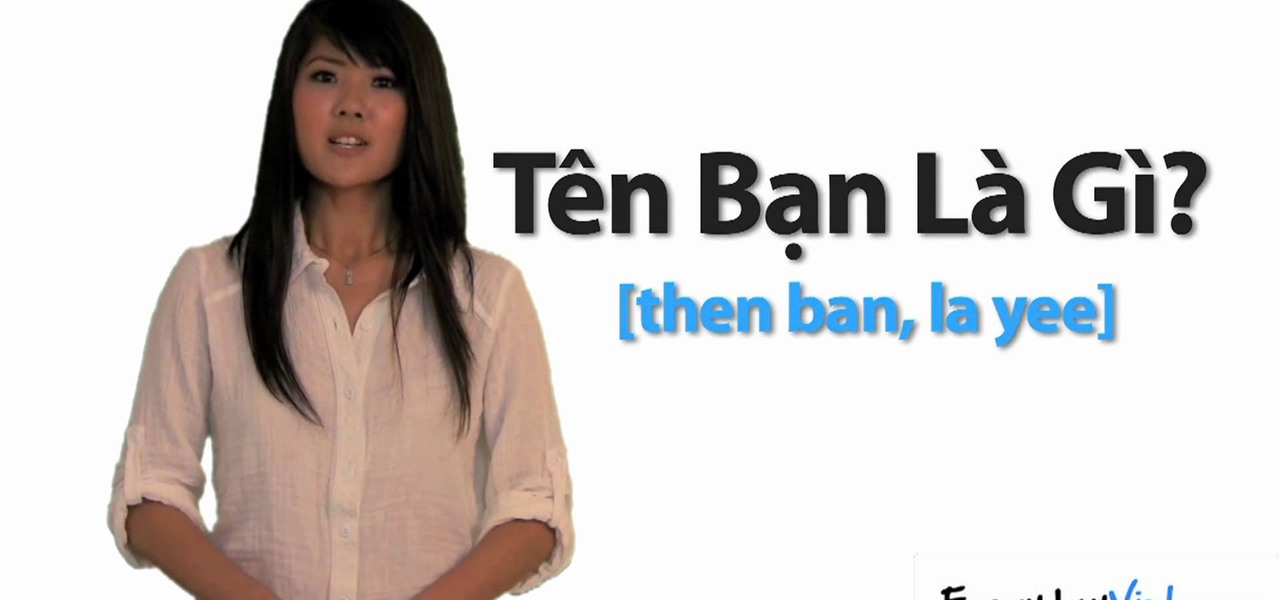
How To: Say "hello, how are you, & my name is" in Vietnamese
Learning a few basic sentences or phrases in any language can be helpful sometimes in certain situations. This is particularly important when considering words like "hello", "what is your name" or "my name is" etc. There phrases find their use in everyday interactions.
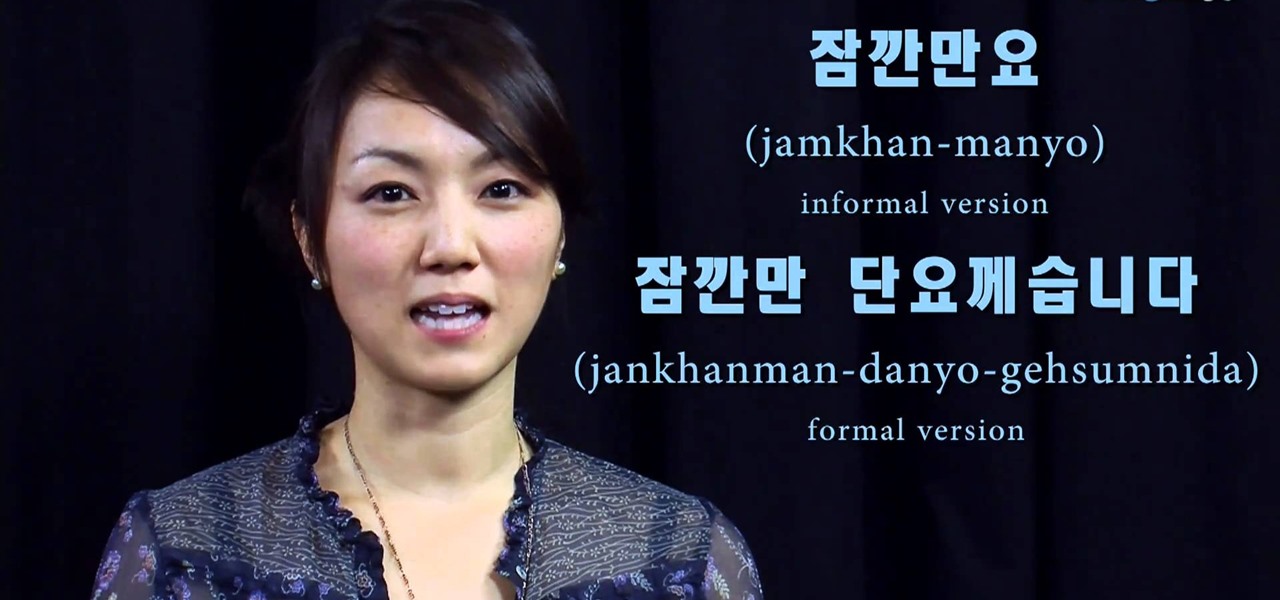
How To: Say and write the words for "I'll be right back" in Korean
In this free video language lesson from Sunny Park of Mahalo, we learn how to say, pronounce and write the Korean words for "I'll be right back." For details, and to get started using this handy Korean phrase yourself, watch this guide for Korean language learners.
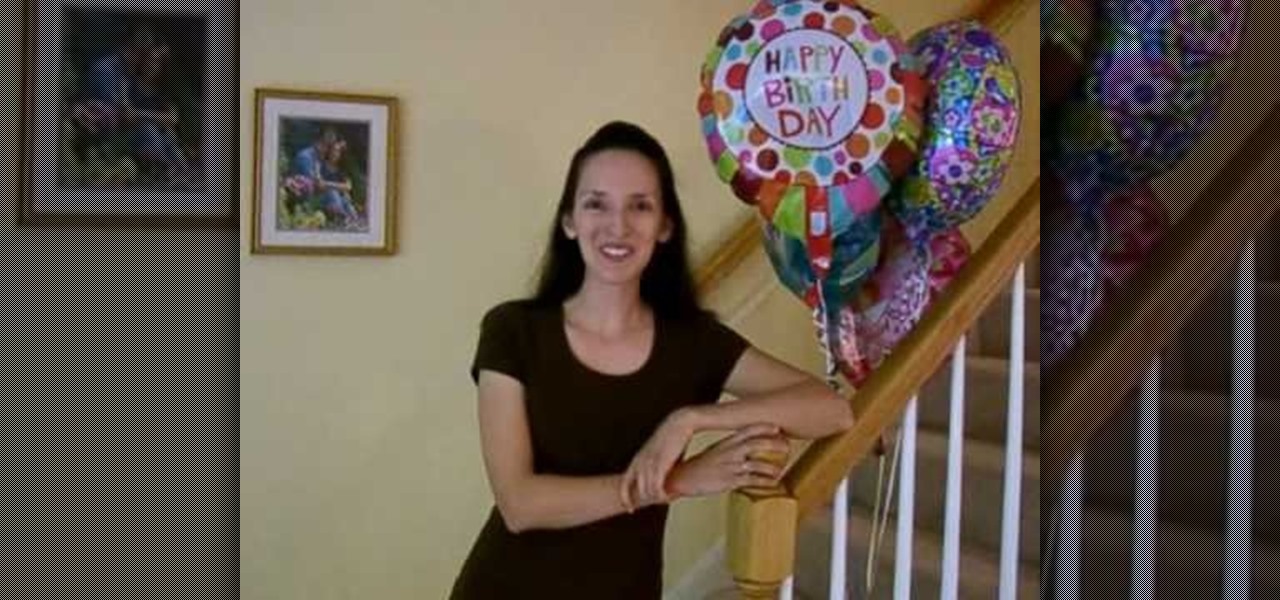
How To: Use reference words in reported speech in English
In this video, we learn how to speak English: Reported Speech/Reference Words. Reported speech is reporting another person's words or telling what someone else said. Indirect speech doesn't use the use the exact words that we use. Examples of reference words are: her, she, herself, him, and himself. Types of references can be pronouns or possessive adjectives. Listen to who the speaker is so you can change the reference words so that the statement is logical. Use this example as a reference: ...

How To: Use the English proposition "at"
This video is in the Language category where you will understand how the proposition "at" is used in English language. "At" is used to indicate either location or time. A few examples of using "at" for indicating location are; "I am at school", "You are at home", "She is at the store" and "They are at the park". To indicate exact time, the preposition "at" is used. A few examples are; "The movie starts at 6:15", "You have to be there at 1:30" and "Let's meet at noon". You can watch the video ...
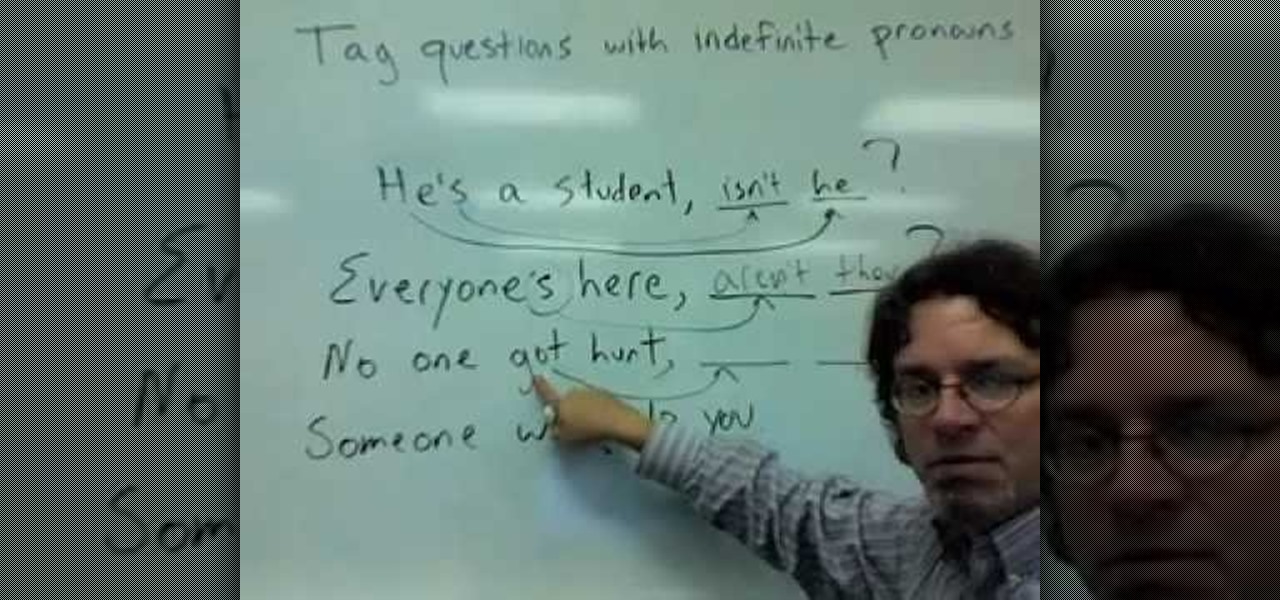
How To: Tag questions with indefinite pronouns in English
This is a video tutorial in the Language category where you are going to learn how to tag questions with indefinite pronouns in English. A tag question begins as a statement and ends as a question. Here's an example with a definite pronoun: He's a student, isn't he? Indefinite pronouns are exceptions to the rule. For example, everyone's here, can be made in to a tag question. But, the pronoun, everyone, is indefinite. Hence, when you make it in to a tag question, you can't use "it". The corre...
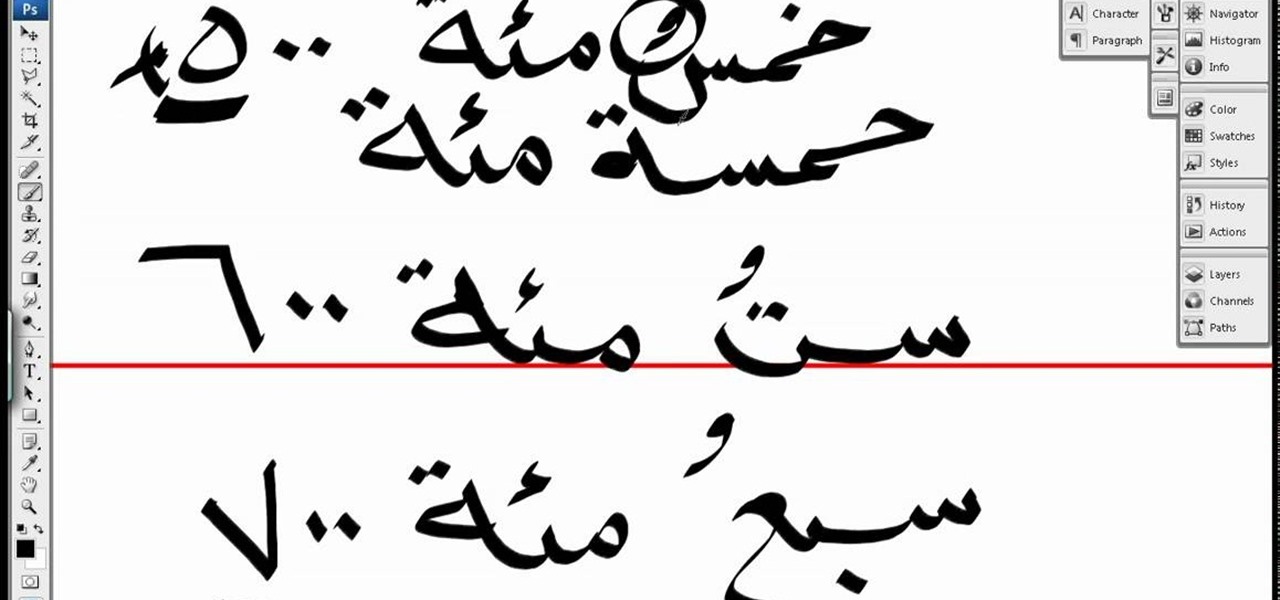
How To: Write and speak the numbers 100-900 in Arabic
Are your Arabic skills lacking? In this video, you'll learn how to speak and write the numbers one hundred through nine hundred in Arabic. After a few tries, your accent will be so convincing people will mistake you for a native. Try it out!
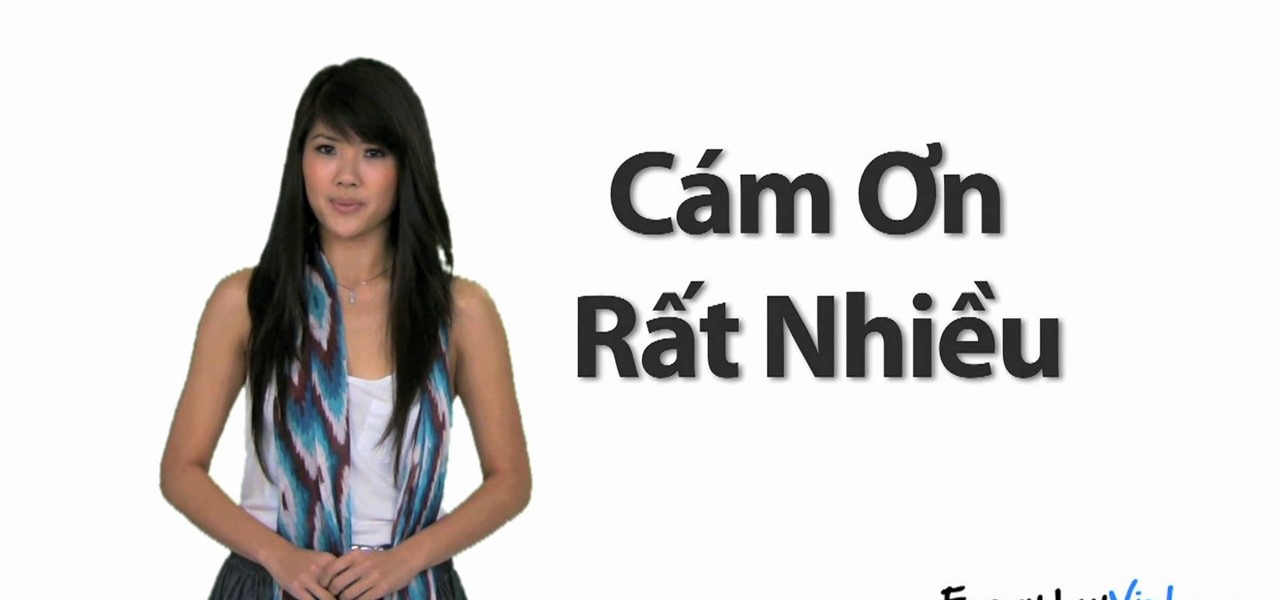
How To: Say "thank you" & "you're welcome" in Vietnamese
In this video, we learn how to say "thank you" & "you're welcome" in Vietnamese. To say "thank you" you will say "C‡m _n". To say "thank you very much" you will say "C‡m _n R_t Nhi_u". To say "you're welcome" you will say "Kh™ng C— Chi". To say "no problem" you would say "Kh™ng Sao". Remember these phrases when you are in different scenarios, whether you're in the grocery store or you're in the street. Listen to the speaker in the video to better understand how each of the words are spoken an...
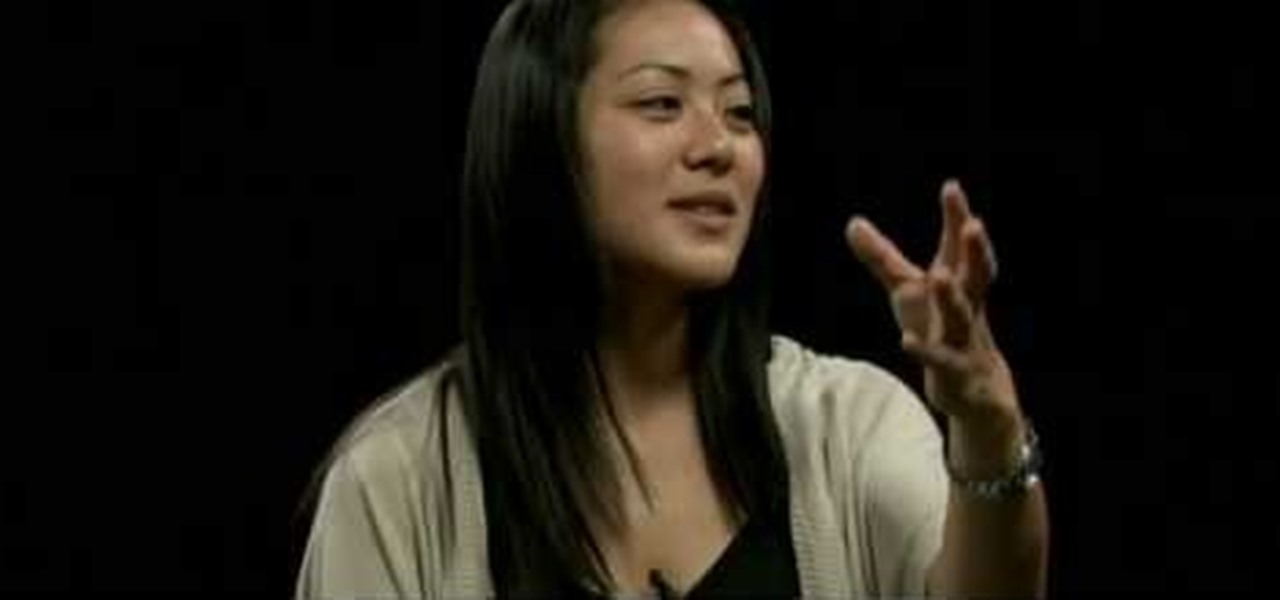
How To: Say "excuse me" in perfect Japanese
In this free video language lesson, you'll learn how to say "excuse me" in perfect Japanese. With Japanese, as with any other language, a few key nouns and phrases (and knowing how to properly pronounce them) can go a long way. For more information, and to get started speaking Japanese yourself, watch this video tutorial.
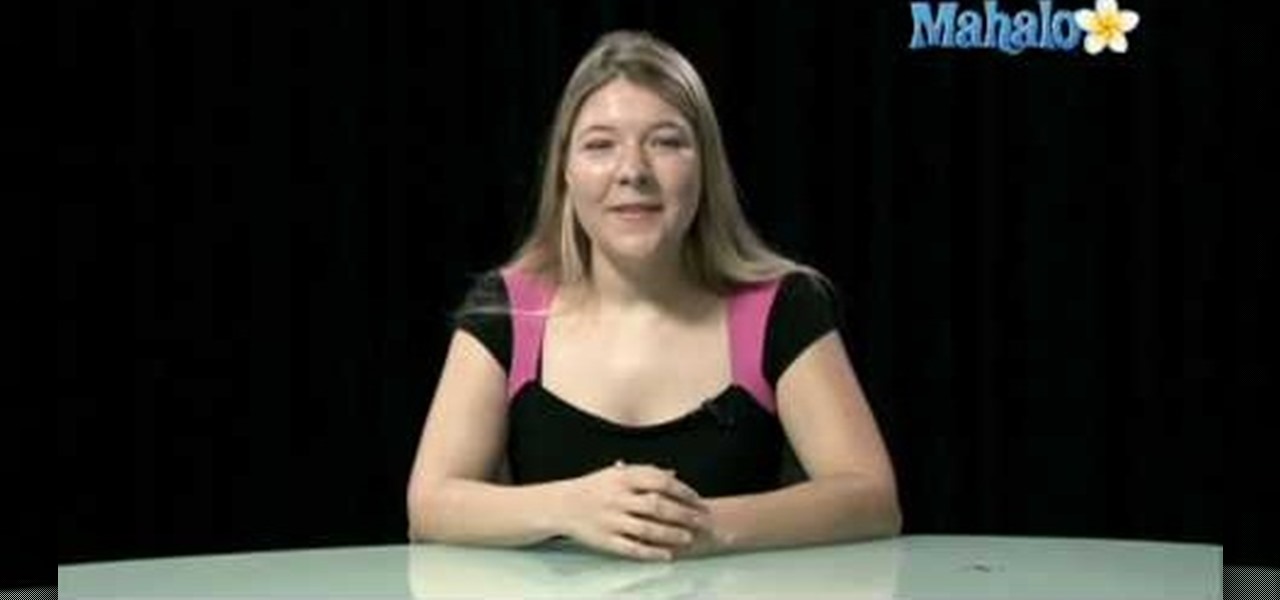
How To: Ask how much something costs in perfect French
In this free video language lesson, you'll learn how to ask the price of something in French: "C'est combien?" While French isn't necessarily a very difficult language for an English-speaker to learn, many stumble when it comes to pronunciation. Fortunately, the Internet is awash in clips like this one, which make learning both vocabulary and proper pronunciation a very easy task.

How To: Say "please" in French ("s'il vous plaît")
In this free video language lesson, you'll learn how to say the French words for "please": "s'il vous plaît"—literally "if it pleases you." While French isn't necessarily a very difficult language for an English-speaker to learn, many stumble when it comes to pronunciation. Fortunately, the Internet is awash in clips like this one, which make learning both vocabulary and proper pronunciation a very easy task.
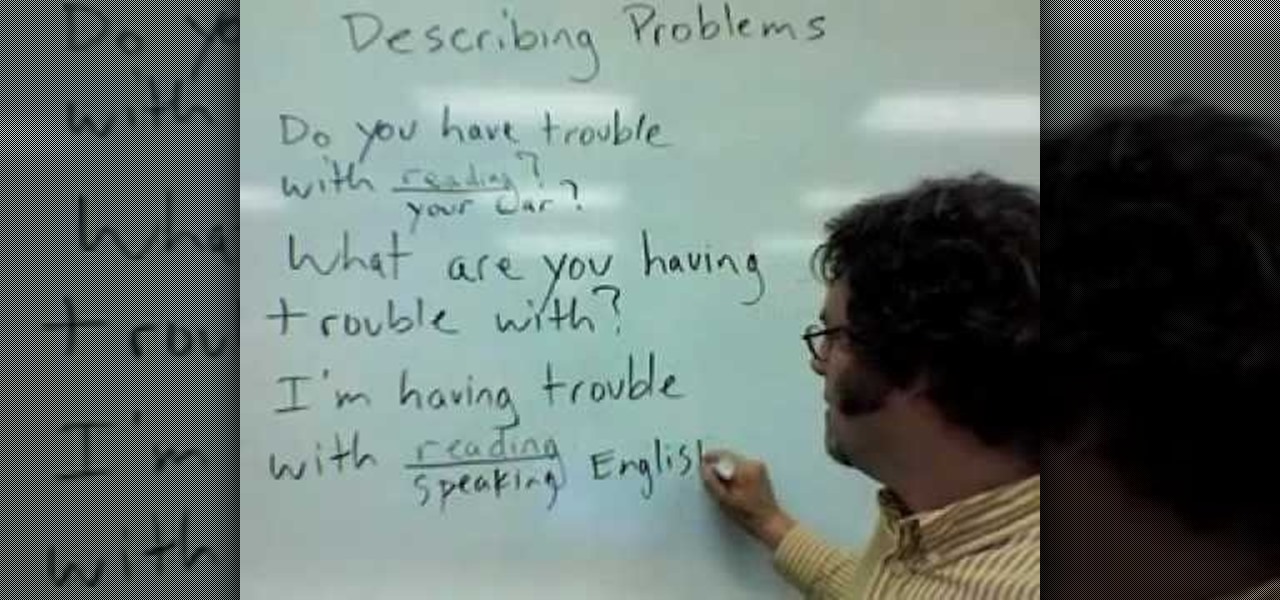
How To: Describe problems in English
This video tutorial is in the Language category which will show you how to describe problems in English. When describing problems in English, many people use the word trouble. When you frame a question, you can frame it in the present or the present continuous tense. For example; what do you have trouble with or what are you having trouble with? Similarly, when you answer the question you can use the present or the present continuous tense. Examples of this are; I have trouble with my car or ...

How To: Say 'what is your name' and 'my name is' in French
Meeting new people can be hard for some people, especially if they're using a different language, like French. This video will teach you how to say "what is your name" and "my name is" in French. To ask someone their name, a stranger or someone older than you, ask, "Comment vous appelez-vous?". When asking someone your own age, it's "Comment tu t'appelles?" To answer, say "Je m'appelle" + Your Name. Example: "Je m'appelle David."

How To: Say "thank you" and "you are welcome" in Shanghai
With the World Expo 2010 in Shanghai, China this year, the one thing every attendee should know is a little Shanghai dialect. Nothing big, just the key phrases, and the most polite phrases, like "thanks" and "you're welcome." Politeness always wins the best of them, even in foreign countries.
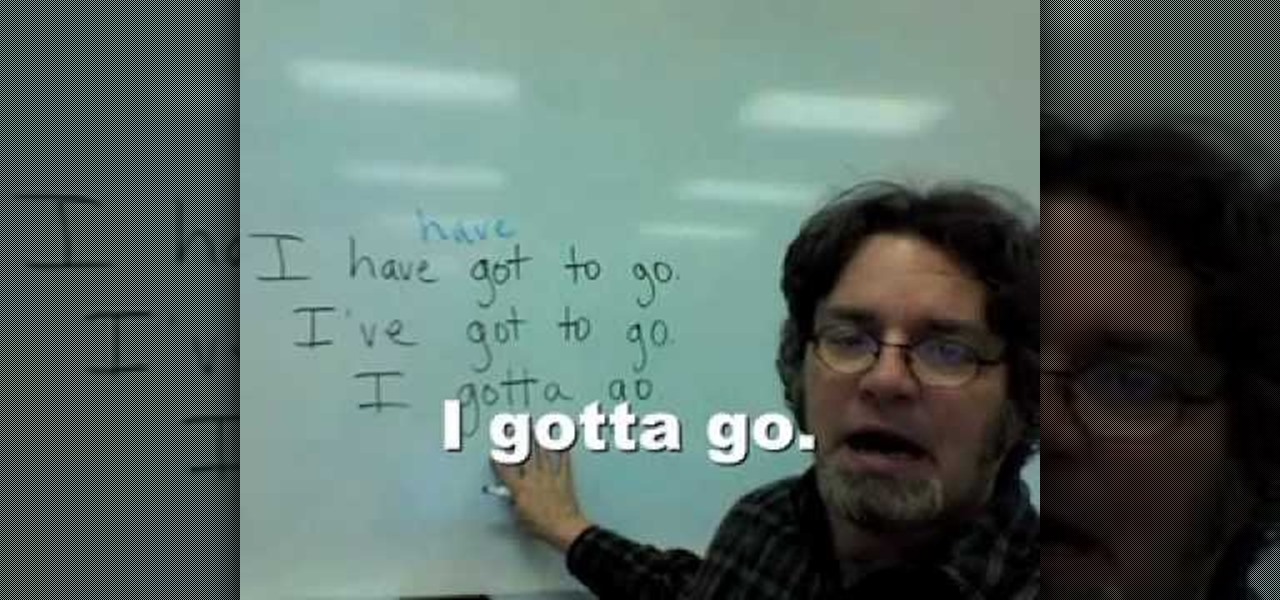
How To: Use the word 'got' in the English language
In this video it is explained how to use the words "got" "got to" and "gotta'". "Got" is the past tense of the word " get". Sometimes Americans say "have got" in place of "have" or "got" in place of "have". For example there is a sentence "I've got my wallet". Some Americans say "I have my wallet" and some may say "I got my wallet". All of them are correct. "Gotta'" is used in place of "have got to". For example there is a sentence" I have got to go". Some Americans may say
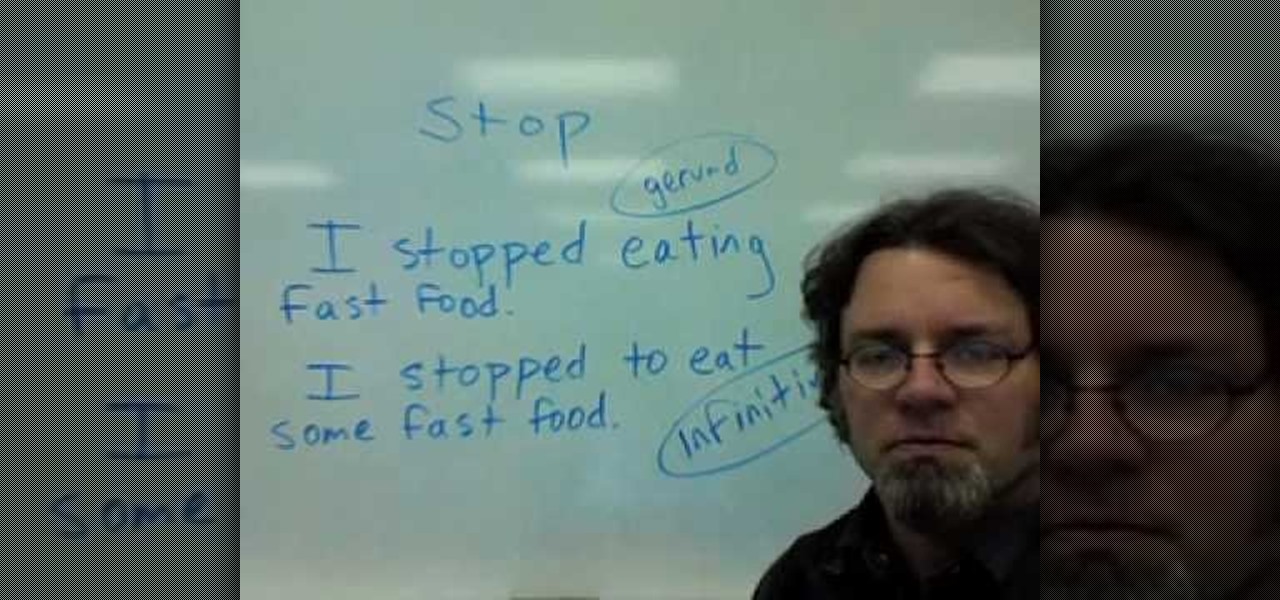
How To: Use the 'stop' verb in the English language
The verb "stop" in the English language can be used with a gerund and an infinitive. The word "stop" has different meanings depending on how it's used. Look at the sentence, "I stopped eating fast food." Stopped is used in the past tense and eating is a gerund, or a word that describes an activity and functions as a noun. Look at the sentence, "I stopped to eat some fast food." In that sentence, there is an infinitive. The first sentence means I no longer eat fast food. The second sentence me...
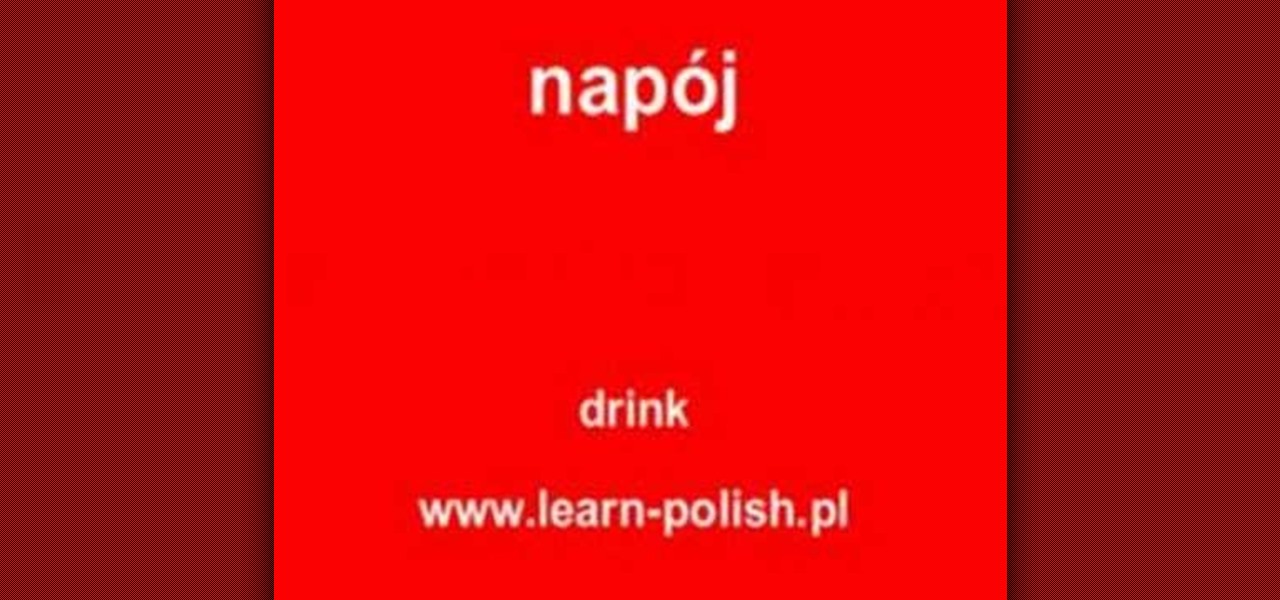
How To: Say "drink" in Polish
This video will teach you basic and useful words in Polish. The video sets out the word used for 'drink' in the Polish language. The word in Polish is 'napoj'. To learn the word listen to it and repeat it a number of times. This will help you to memorize it. Spell it out as na-poj. Visit the website to learn more Polish words.

How to Speak Haitian Creole: phrases, numbers, animals & more
In this five-part language tutorial, learn how to say simple Haitian Creole phrases & words. Part one goes over simple phrases such as "how are you", "good afternoon" and "good evening". Part two goes over how to say different animal names including cat, chicken, and cow. In part three, learn days, months, years, and numbers. Part four covers how to say phrases and words concerning family such as father, mother, brother & sister. In part five, an example conversation between two people is gon...
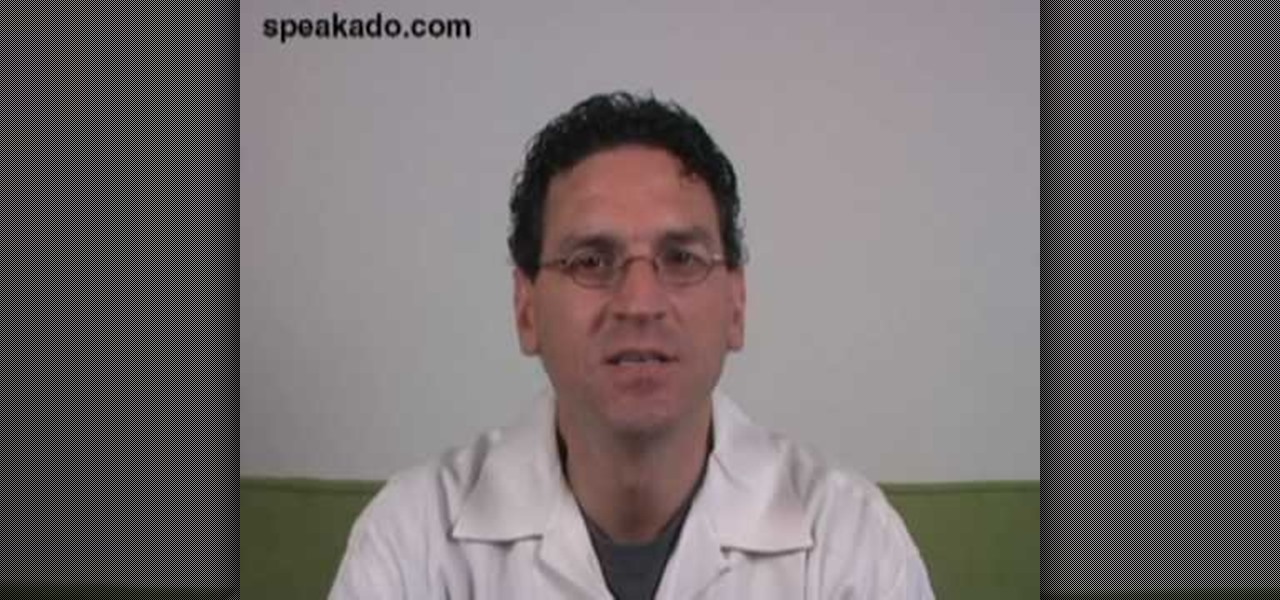
How To: Say "Where is the library?" in Spanish
Learn a little bit of Spanish with Speakado. In this quick phrase lesson, you'll learn how to say "Where is the library?" in Spanish. If you only speak English, maybe it's about time you learned Spanish, one of the most widely used languages in the world.

How To: Say "Thank you" in Cherokee
Check out this instructional language video to learn to speak Cherokee. In this lesson, learn how to say "Thank you" in Cherokee. This video uses the Giduwa or Eastern dialect to say Thank you, you're welcome, and I appreciate you. This video is great for beginners who want to improve their Cherokee language skills. Practice your Cherokee by expressing your gratitude!

How To: Say "Yes" & "No" in Cherokee
Check out this instructional language video to learn to speak Cherokee! In this lesson, learn how to say the words "yes" and "no" in Cherokee. This video is spoken in the Eastern (Giduwa) dialect. This video is great for beginners who want to improve their Cherokee language skills. Practice your Cherokee by learning how to say the words "yes," "no," "maybe," "almost," "ok," "never," "often," "always," "wait," and "next."
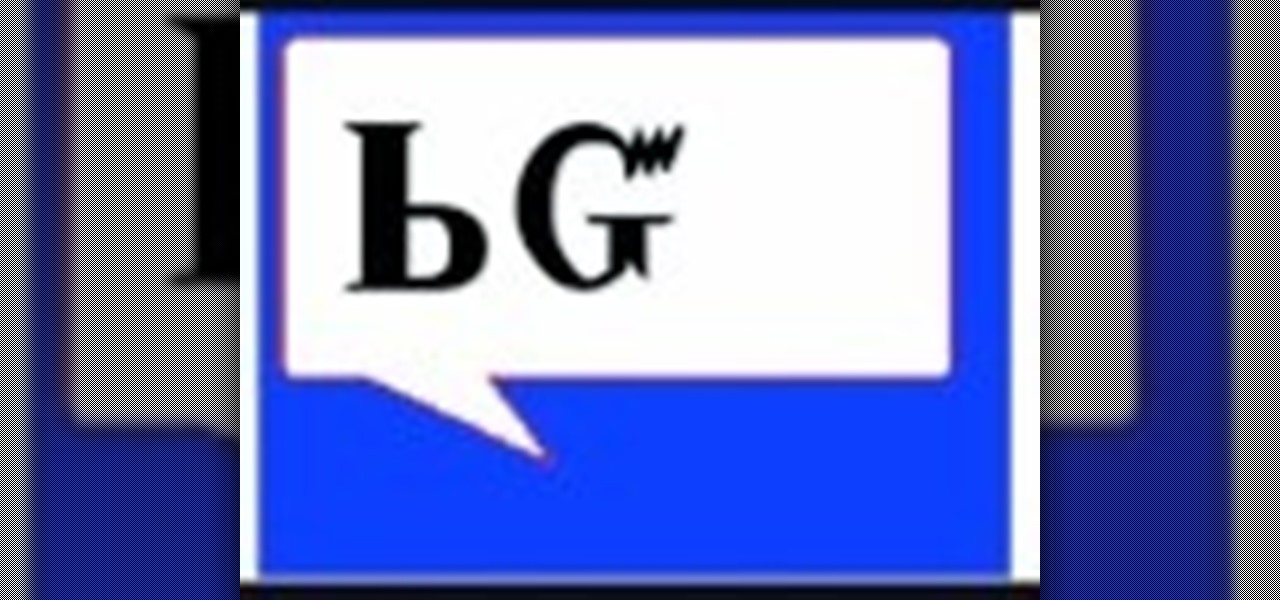
How To: Say greetings in the Cherokee Giduwa dialect
Check out this instructional language video to learn how to speak Cherokee! In this lesson, learn how to say common greetings & phrases in the Giduwa dialect. This is the Eastern dialect as spoken by native speakers in Big Cove on the Qualla Boundary in North Carolina. This video is great for beginners who want to improve their Cherokee language skills. Practice your Cherokee by learning these common greetings in the Giduwa dialect!
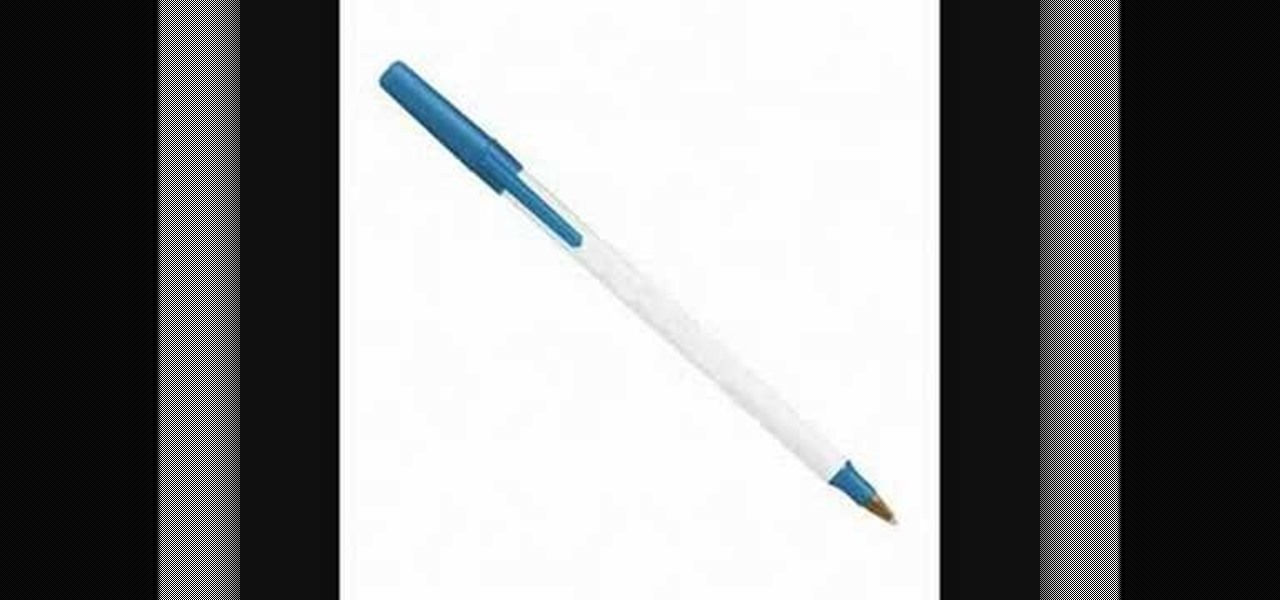
How To: Pronounce common Cherokee words in a Giduwa dialect
Check out this instructional Cherokee language video that demonstrates how to pronounce common Cherokee words in a Giduwa dialect like pen, salt, coin, bottle, car, key, and paper. This tutorial is great for beginners who want to improve their Cherokee language skills. Practice your Cherokee by learning how to pronounce a few common words in the Giduwa dialect.
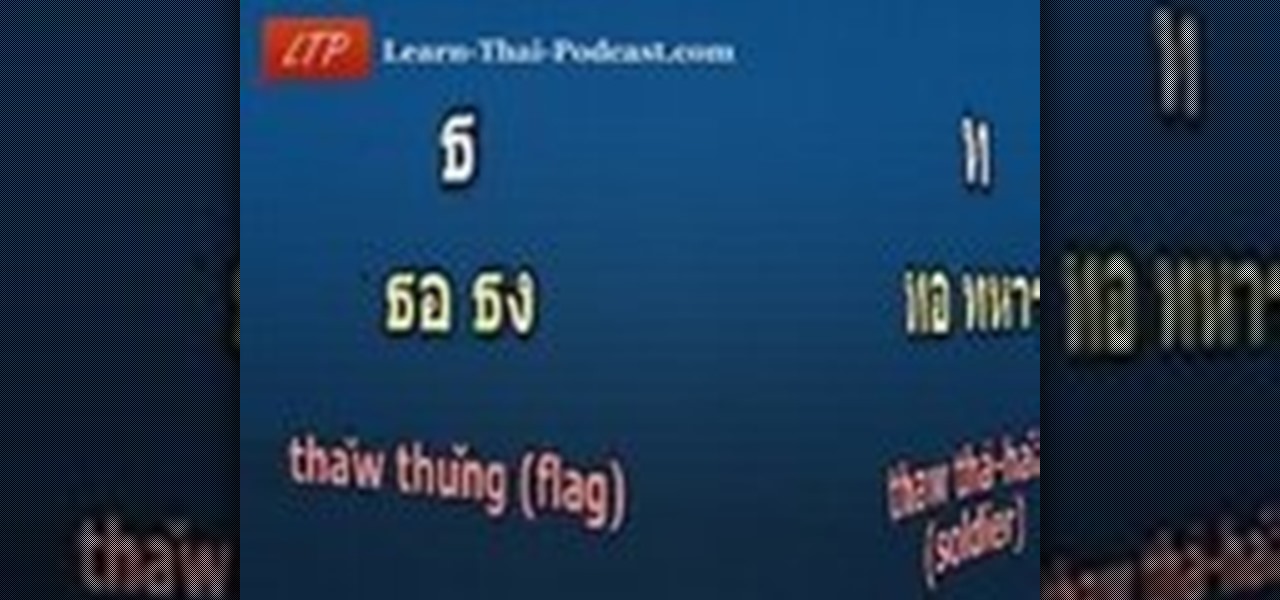
How To: Pronounce the Thai alphabet
Check out this Thai language tutorial that teaches you how to pronounce a few letters of the Thai alphabet. This lesson includes useful phrases and words for traveling in Thailand. Make sure you know these and enjoy the Thai culture, beaches and company of Thai people. Practice your Thai language skills and learn how to pronounce these letters of the Thai alphabet with this instructional language video!

How To: Use the formal vs. informal "you" in Spanish
Check out this Spanish language tutorial that demonstrates how to use the formal and informal version of the word "you" in Spanish. This instructional language video reviews the basic conversation from Lesson 1 and covers Tú and Usted, which both mean 'you', but differ in usage -- one is informal and the other is more formal, respectively. Watch this Spanish language video to learn the difference between the two forms and when to use them.

How To: Say "You have very beautiful eyes!" in Mandarin
Watch this Chinese tutorial video and say the phrase "You have very beautiful eyes" in Mandarin. This video features special guest Vanessa Branch from the Disney film Pirates of the Caribbean. Sharpen your Chinese language skills with your Mandarin instructor Benny.

How To: Pronounce the biblical Greek alphabet
In this 6 part language tutorial, you will learn how to pronounce and write the biblical (Koine) Greek alphabet. The biblical Greek alphabet is a set of 24 characters. This is an excellent lesson for those who wish to be scholars in this ancient language.

How To: Describe the feeling of fear in English
In this English language tutorial we look at fear and being afraid. There are many words to convey the emotion of fear and anxiety. This ESL lesson teaches you how to talk about your fear and the names of some common phobias.
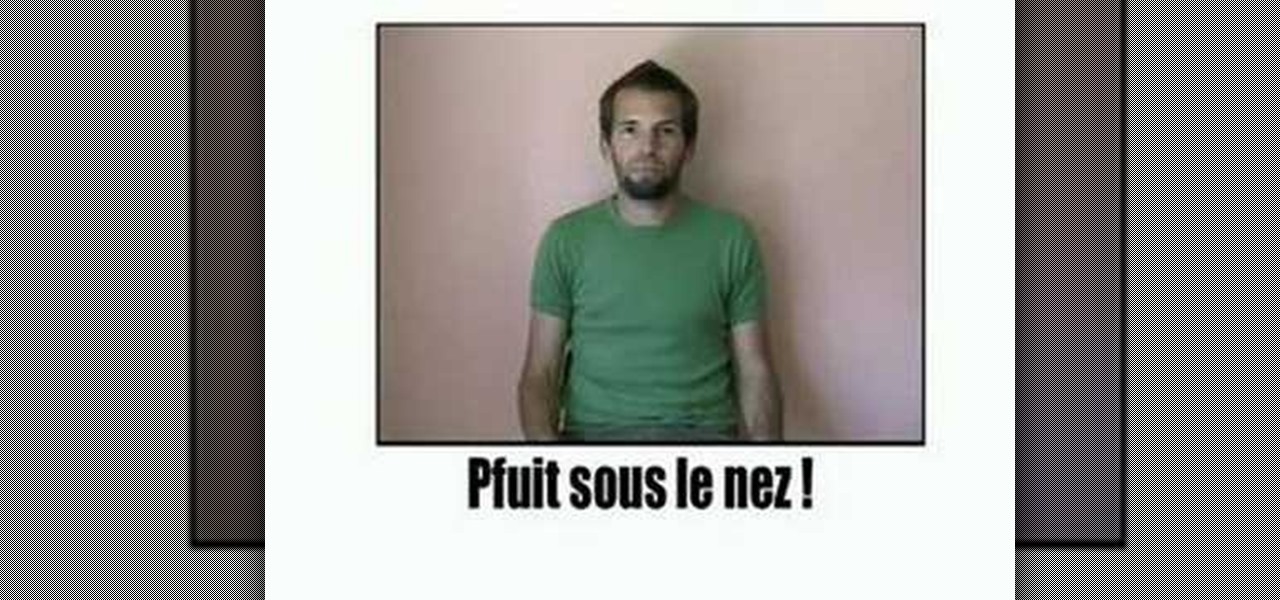
How To: Make the French gesture "it went right over my head"
Learn the French hand gesture for "it went right over my head" ("pfuit sous le nez").

How To: Say "I am happy to meet you" in Indonesian
Learn how to say "I am happy to meet you" in Indonesian.
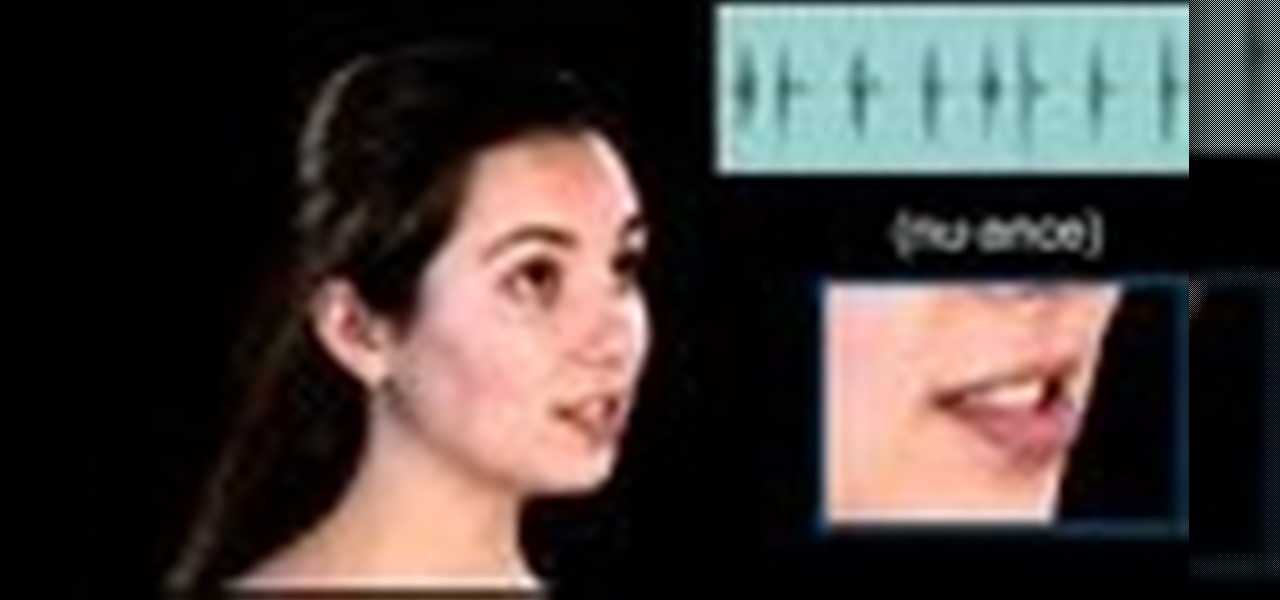
How To: Pronounce the English word "nuance"
Today's word is "nuance". This is a noun which means a subtle degree of difference in meaning and expression. For example, you can say, "To truly understand the nuances between synonyms, you often have to see how those similar words are used in various situations."

How To: Count from 30 to 40 in French
Watch to learn how to say the numbers from thirty to forty in French. trente - thirty
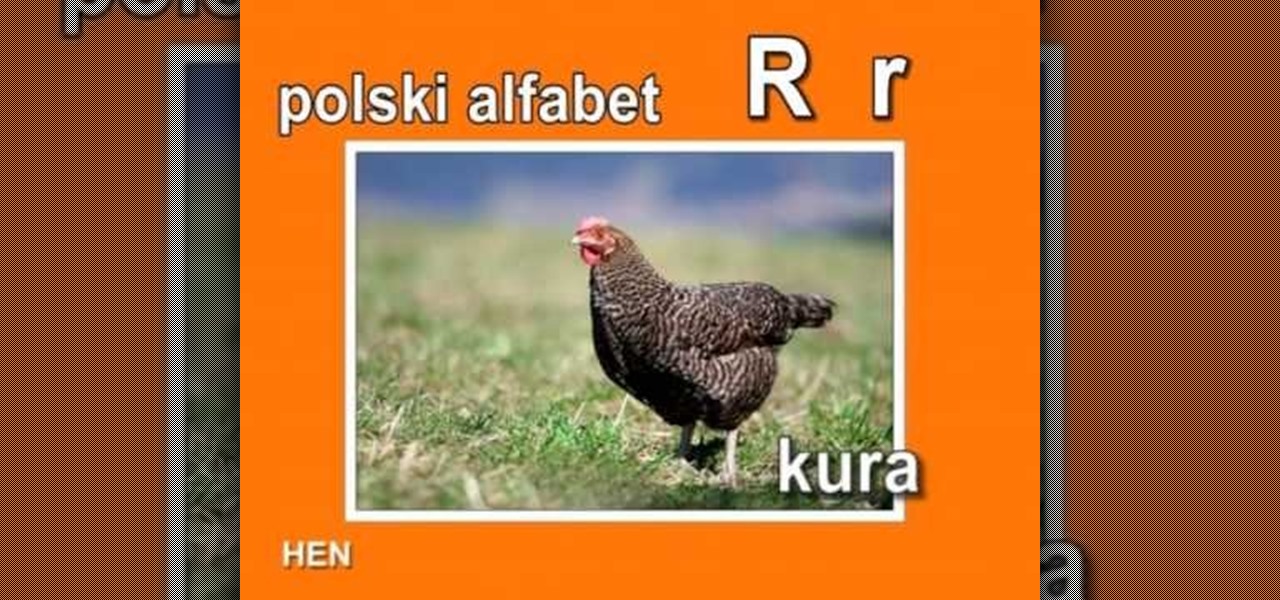
How To: Pronounce and use the "r" in the Polish alphabet
This is a short video for the letter "r". This is one of several videos that go over every letter in the Polish alphabet and every sound of the Polish language. The Polish alphabet are supposed to be the first introduction to this foreign language. It should help to understand how Polish should be pronounced as well as to learn some first Polish words. It should give you the general idea of how the Polish language sounds like.
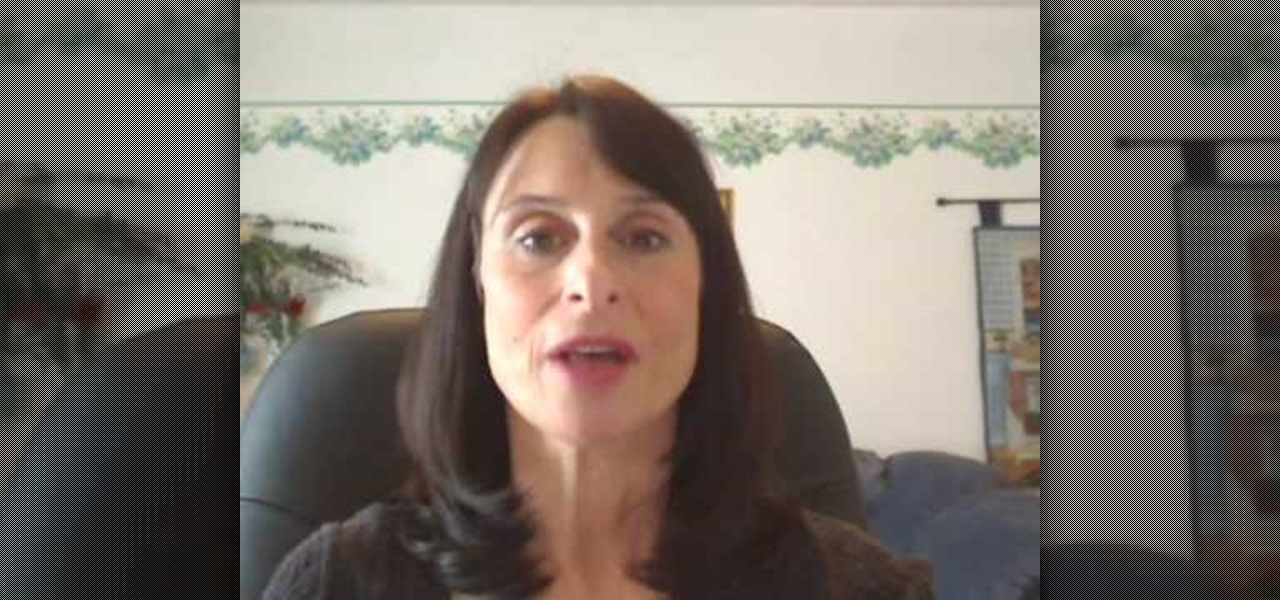
How To: Speak English better by always speaking slower
Instantly improve your American English pronunciation by following these invaluable tips on how to speak more slowly. You'll be amazed at the difference in your speech!
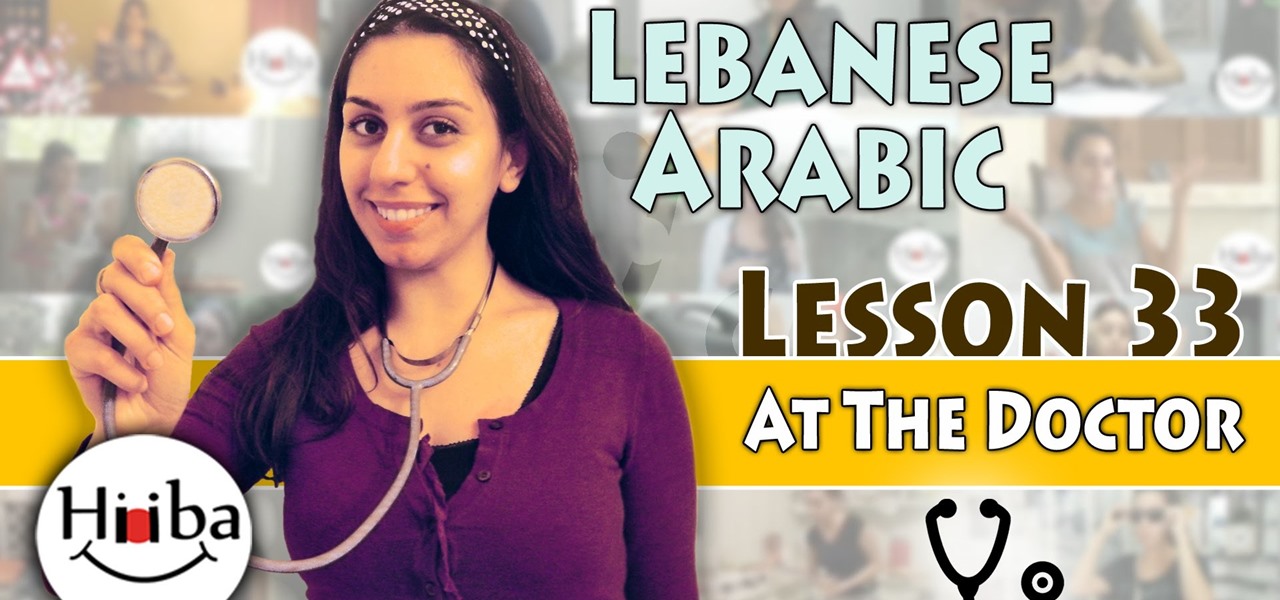
How To: Speak Lebanese Arabic (Doctor)
Hi again! :) Many people have been asking me to do a lesson about what to say when you visit the doctor in Lebanon, so here's that lesson. So if you're sick, I hope you get well, and I hope you enjoy this lesson and find it useful.

How To: Speak Lebanese Arabic (Winter)
Hi again, everyone! I hope your enjoying this winter. Here are some sentences you might use if you are spending your winter in Lebanon.
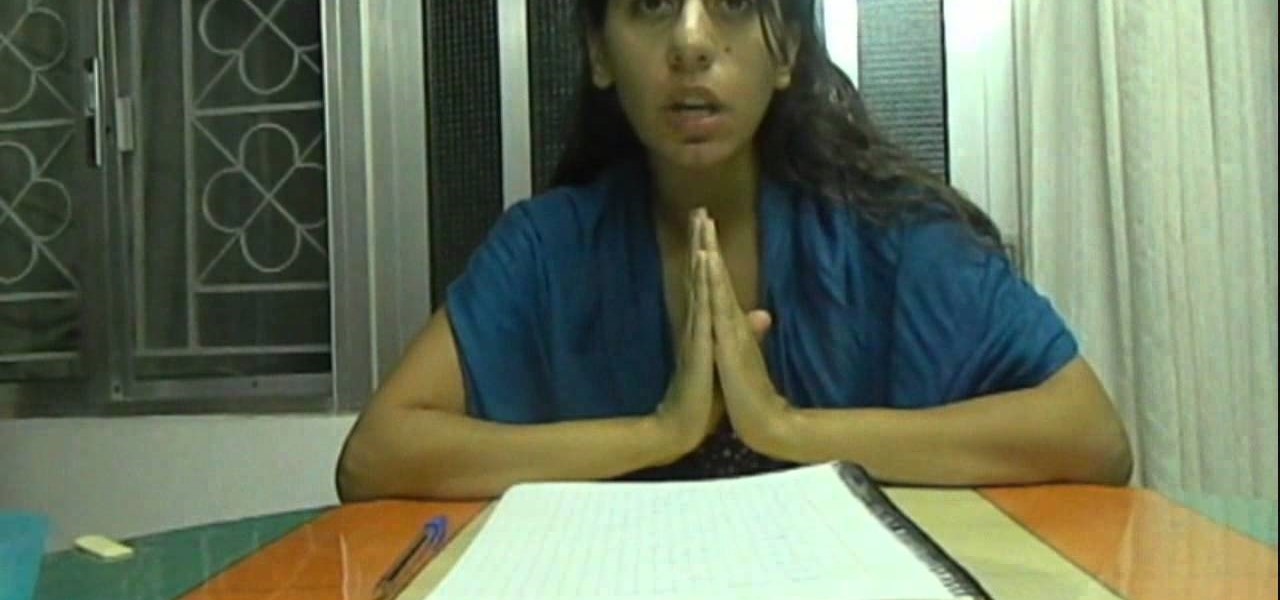
How To: Speak Lebanese Arabic (Jobs)
Hi again everyone, In this lesson I will be talking about jobs and their meanings in Lebanese Arabic. Enjoy and feel free to ask about other jobs not mentioned here.
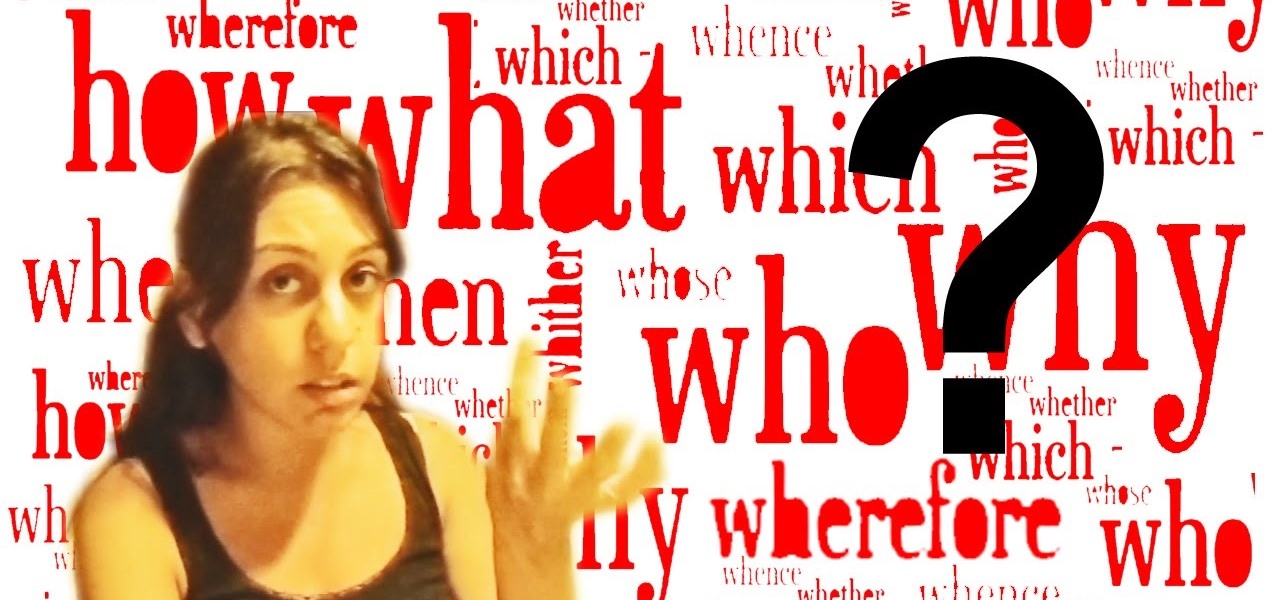
How To: Speak Lebanese Arabic (Interrogative Words)
Hi every one! In this lesson I will be talking about Interrogative words like why, what, who, how and so on... I am also announcing the start of the FREE promotion of the Kindle book Lebanese Arabic Phrasebook Vol. 1.
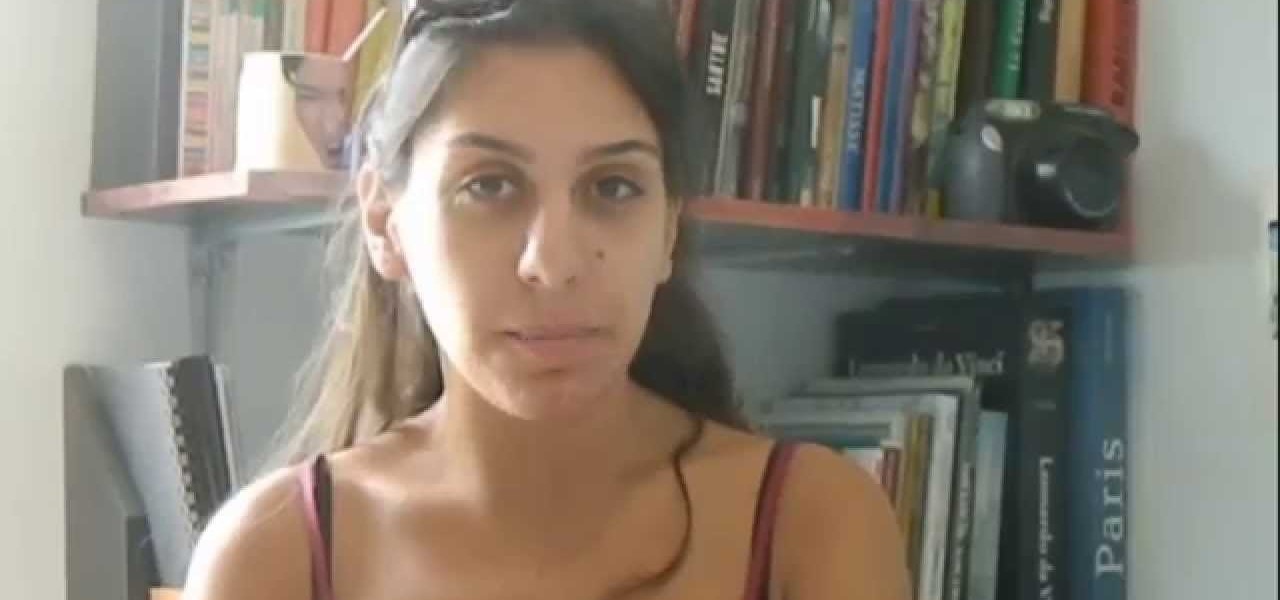
How To: Speak Lebanese Arabic (Studying Lingo)
Hello guys, this lesson is for students and about everything related to studying . I hope you enjoy it.



